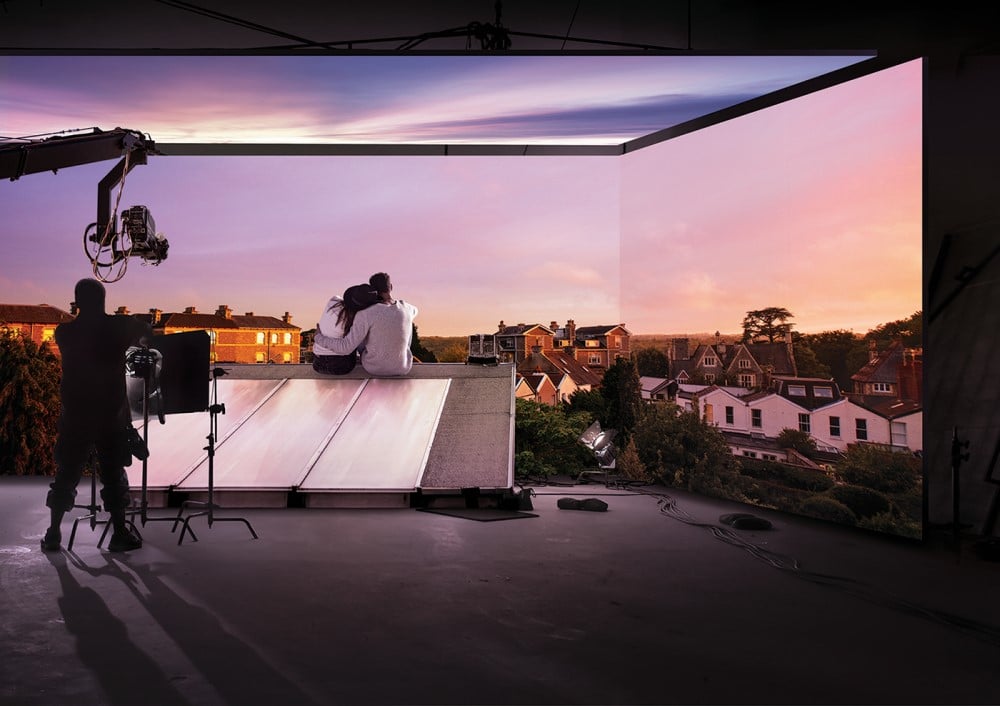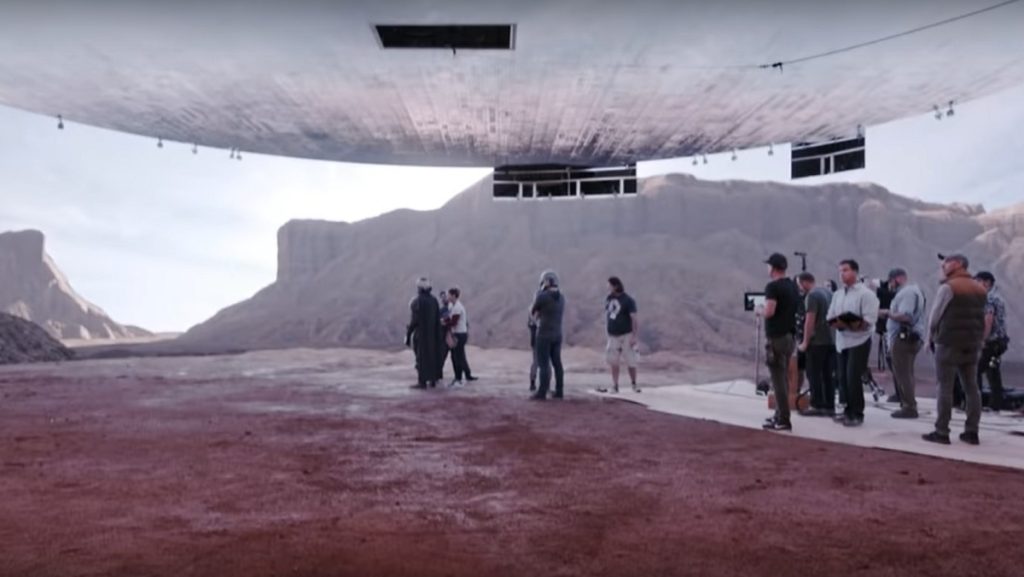Have you ever wondered how filmmakers create such realistic visual effects in movies? In the past, visual effects were created entirely in post-production. However, with the advancement of screen technology, they are now able to overlay real images in the background while filming, creating a more immersive atmosphere. This technology, known as virtual production, was first used in the popular Disney+ series The Mandalorian. Most recently, Samsung unveiled “The Wall for Virtual Production,” a new display specifically designed for use in virtual production studios. Here are the details…
Samsung Electronics Unveils The Wall for Virtual Production at InfoComm 2023
Samsung unveiled The Wall for Virtual Production, a new display that is specifically designed for use in virtual production studios. Virtual production is a filmmaking technique that uses real-time computer graphics to create virtual environments that actors can interact with. This can save time and money on traditional filmmaking techniques, such as building physical sets and using green screens.

The Wall for Virtual Production is a modular LED display that can be configured to any size or shape. It has a high refresh rate and wide viewing angle, which are important for virtual production applications. The display also features a built-in camera that can be used to track the movement of actors and objects in the scene.

Samsung is working with several partners, including Lux Machina and Weta FX, to develop applications for The Wall for Virtual Production. Lux Machina is a visual effects company that has worked on films such as The Mandalorian and House of the Dragon. Weta FX is a New Zealand-based visual effects company that has worked on films such as The Lord of the Rings trilogy and Avatar. Of course, the price of this technology, which is announced for professional works, is unknown.
In addition to The Wall for Virtual Production, Samsung also introduced the QxC Series Crystal UHD Signage, and the LED All-in-One Display.
RELATED:
- Top Guns to easily dominate enemies in BGMI
- Samsung Galaxy Z Fold 5 render leaked, reveals blue variant, design changes
- Samsung Galaxy S23 series tipped to get June “super update” next week
- Samsung teases two new color shades for Galaxy S23 Ultra in India
- Samsung Odyssey OLED G9 49″ gaming monitor debuts in Korea & USA
(source)







